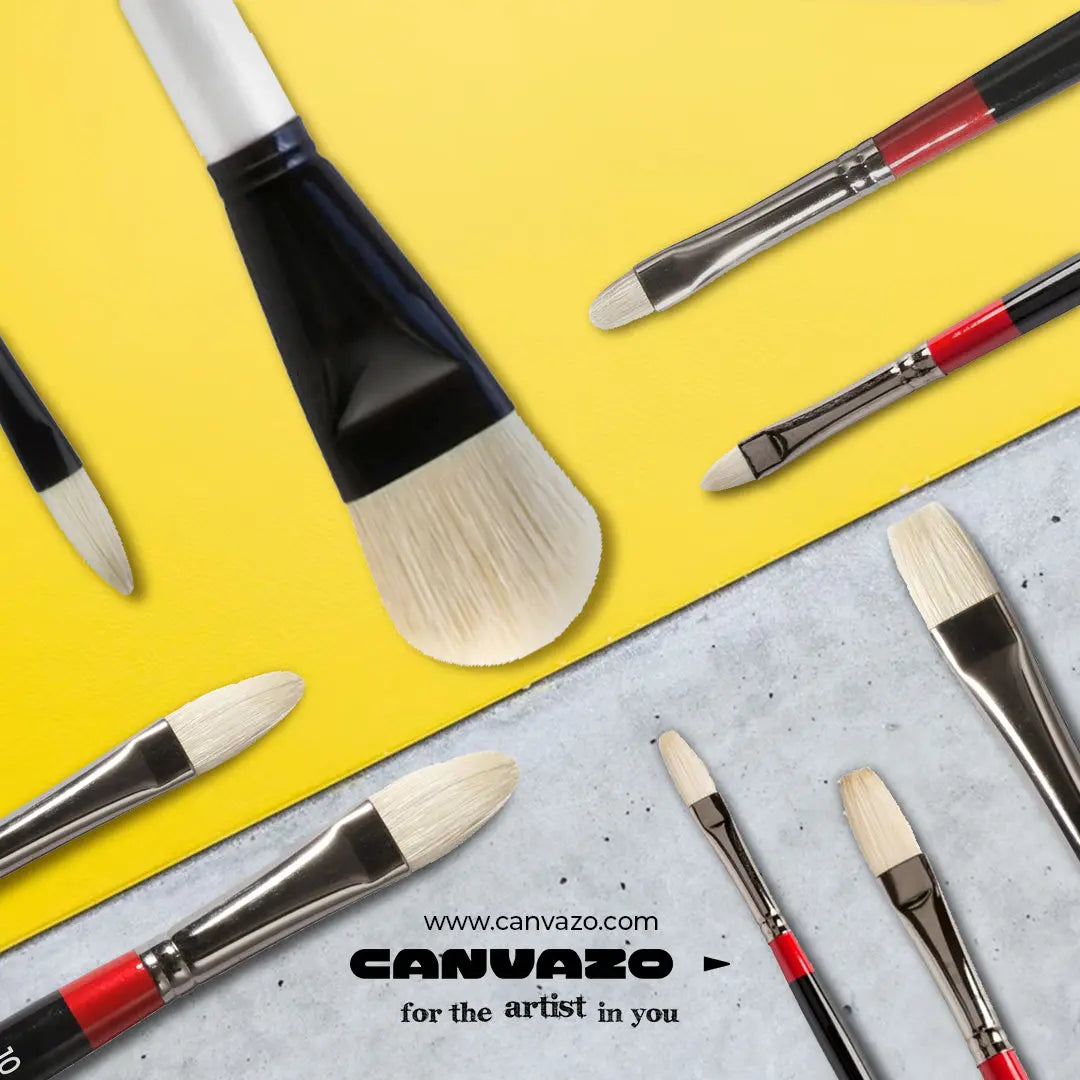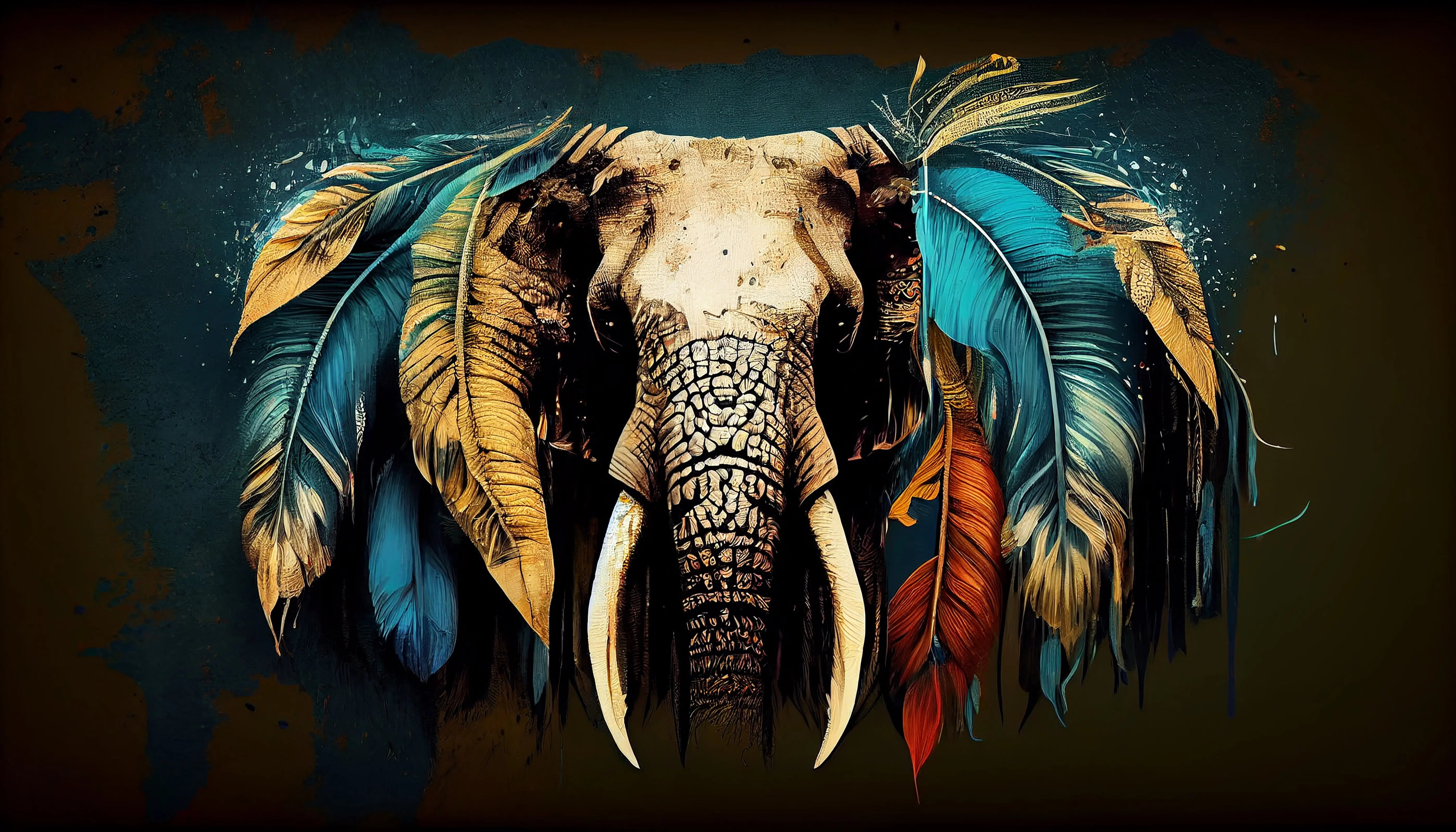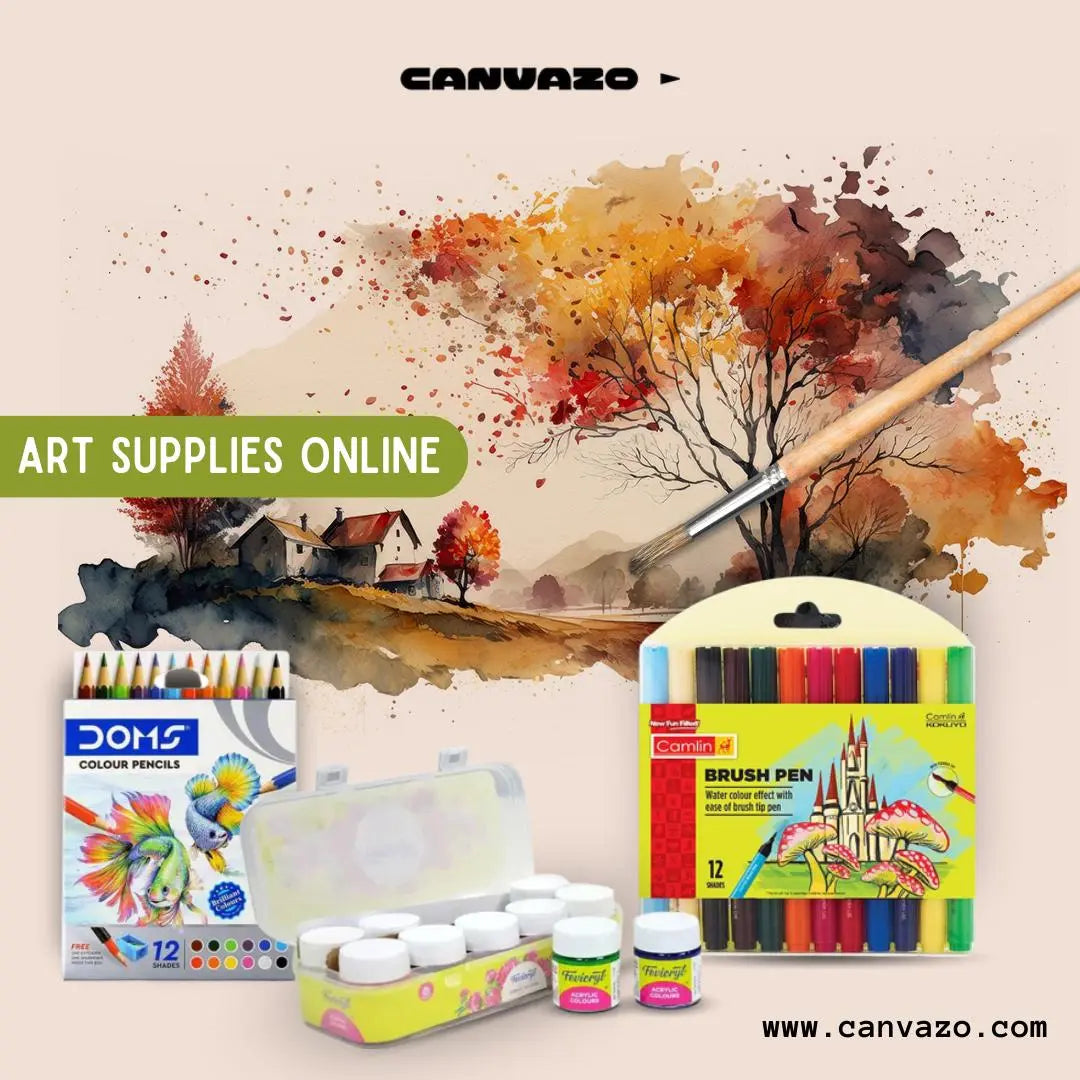Oil painting is a beautiful and rewarding art form that has been popular for centuries. While the quality of the oil paint is important, the brushes you use can have a huge impact on the outcome of your painting. The right oil painting brushes can make a significant difference in the application, texture, and overall quality of your painting. In this guide, we'll take a closer look at the types, shapes, and sizes of oil painting brushes, as well as tips on how to choose the best brush for your needs.

Types of Oil Painting Brushes:
There are a variety of brushes designed specifically for oil painting, each with its own unique qualities and uses. Here are some of the most common types of oil painting brushes:
-
Round Brushes: Round brushes have a round or pointed tip and are often used for details, outlining, and filling in small areas. They come in a variety of sizes, with larger sizes used for broader strokes and smaller sizes used for finer details.
-
Flat Brushes: Flat brushes have a flat, rectangular-shaped tip and are often used for filling in larger areas, blending colors, and creating sharp edges. They come in a variety of sizes, with larger sizes used for larger areas and smaller sizes used for more detailed work.
-
Filbert Brushes: Filbert brushes have a flat, oval-shaped tip and are often used for blending colors, creating soft edges, and painting large areas. They come in a variety of sizes, with larger sizes used for larger areas and smaller sizes used for more detailed work.
-
Fan Brushes: Fan brushes have a flat, fan-shaped tip and are often used for blending, creating textures, and painting grass, trees, and other natural elements. They come in a variety of sizes, with larger sizes used for larger areas and smaller sizes used for more detailed work.
-
Bright Brushes: Bright brushes are similar to flat brushes, but with shorter bristles. They are often used for creating short, controlled strokes, as well as for painting smaller areas.
-
Mop Brushes: Mop brushes have a large, round tip and are often used for blending colors and creating soft edges. They are typically used for painting larger areas, such as skies and backgrounds.
Shapes of Oil Painting Brushes:
In addition to the type of brush, the shape of the brush can also have a significant impact on the outcome of your painting. Here are some of the most common brush shapes used in oil painting:
-
Pointed: Pointed brushes have a pointed tip and are often used for fine details and delicate lines.
-
Flat: Flat brushes have a flat, rectangular-shaped tip and are often used for creating sharp edges and filling in large areas.
-
Round: Round brushes have a round or pointed tip and are often used for outlining and filling in small areas.
-
Filbert: Filbert brushes have a flat, oval-shaped tip and are often used for blending colors and creating soft edges.
-
Angular: Angular brushes have a flat, angled tip and are often used for creating sharp edges and making precise strokes.
Sizes of Oil Painting Brushes:
Oil painting brushes come in a variety of sizes, from small to large. The size of the brush you use will depend on the type of painting you are creating and the effect you are trying to achieve. Here are some of the most common brush sizes used in oil painting:
-
Small (Size 0-2): Small brushes are typically used for fine details and delicate lines.
-
Medium (Size 4-6): Medium brushes are often used for filling in small areas and for creating finer details.
-
Large (Size 8-12): Large brushes are typically used for filling in larger areas and for making bolder strokes.
-
Extra-Large (Size 14+): Extra-large brushes are used for covering large areas quickly and for creating very bold strokes.
Choosing the Best Oil Painting Brushes:
When choosing oil painting brushes, it's important to consider the type, shape, and size of the brush. You should also consider the quality of the brush, as well as your budget. Here are some tips for choosing the best oil painting brushes:
-
Consider the type of painting you want to create: If you are creating a painting with a lot of details, you may want to choose smaller brushes. If you are creating a painting with large areas of color, you may want to choose larger brushes.
-
Consider the quality of the brush: Higher-quality brushes will generally last longer and produce better results. Look for brushes made with high-quality materials, such as natural or synthetic bristles, and with sturdy ferrules and handles.
-
Try before you buy: If possible, try out different brushes before making a purchase. This will give you a better idea of how the brush feels and performs, and help you make an informed decision.
-
Choose the right shape for your needs: Consider the shapes of the brushes you are choosing and how they will impact your painting. For example, a pointed brush will be better for fine details, while a filbert brush will be better for blending colors.
-
Invest in a set: Investing in a set of brushes can be a good way to get a variety of brush sizes and types at a more affordable price.
Caring for Your Oil Painting Brushes:
Proper care and maintenance of your oil painting brushes will help to prolong their life and ensure they perform at their best. Here are some tips for caring for your oil painting brushes:
-
Clean your brushes after each use: Clean your brushes thoroughly after each use to remove any paint residue. Use a gentle brush cleaner and warm water, and be sure to rinse thoroughly.
-
Store your brushes properly: Store your brushes in a dry, cool place, with the bristles facing up to prevent damage to the bristles.
-
Protect the shape of your brushes: Use a brush shaper or wrap your brushes in tissue paper to protect the shape of the bristles.
-
Avoid harsh chemicals: Avoid using harsh chemicals or solvents to clean your brushes, as these can damage the bristles and shorten their lifespan.
In conclusion, choosing the right oil painting brushes can have a significant impact on the quality and outcome of your painting. Consider the type, shape, and size of the brush, as well as its quality and your budget, when making a purchase. With proper care and maintenance, your oil painting brushes will last longer and perform at their best, helping you to create beautiful and successful paintings.
-



